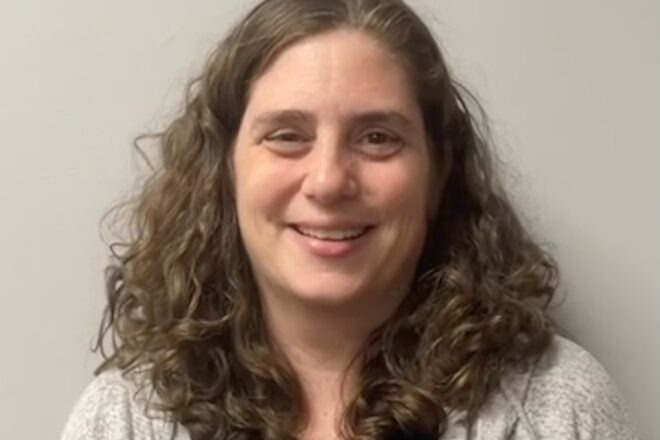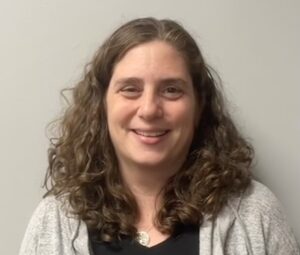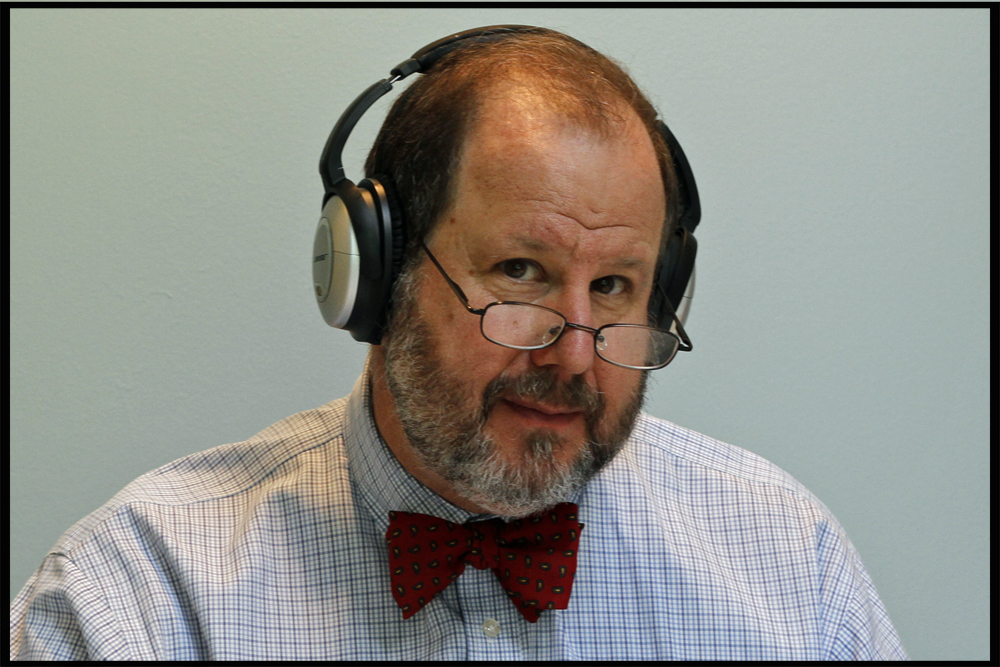
Podcast: Play in new window | Download
Literature Review
1) An exciting phase three trial with the CETP inhibitor Obicetrapib has shown serious promise for ASCVD and Alzheimer’s Disease (AD). “In BROADWAY, a pre-specified AD sub-study was designed to assess plasma AD biomarkers in patients enrolled in the BROADWAY trial and evaluated the effects of longer duration of therapy (12 months) with a prespecified population of ApoE3/4 or 4/4 carriers. The sub-study included 1727 patients, including 367 ApoE4 carriers. The primary outcome measure was p-tau217 absolute and percent change over 12 months. Additional outcome measures included neurofilament light chain (“NFL”), glial fibrillary acidic protein (“GFAP”), p-tau181, and Aβ42/40 ratio absolute and percent change over 12 months. NewAmsterdam observed statistically significant lower absolute changes in p-tau217 compared to placebo over 12 months in both the full ITT population (p<0.002) and in ApoE4 carriers (p=0.0215).” (NAMS)
Obicetrapib has shown significant LDL and Lp(a) lowering effects as well in early trials. I will be watching this discovery closely as it may be a game changer for these diseases. “In the BROADWAY trial, more than 2,500 participants with established heart disease or genetic high cholesterol were given either Obicetrapib or a placebo, in addition to their regular cholesterol medications. After 12 weeks, those on Obicetrapib had dropped their LDL cholesterol by 32.6 per cent and Lp(a) by 33.5 per cent on average – many achieved guideline-recommended targets for the first time.” (Sci Tech Daily) The drop in Lp(a) is the profound result as this is a massive risk factor for ASCVD and to date is not moveable by statins and most used meds.
2) GLP1 drugs and risk for macular degeneration?… and more
Dr. M







 \
\












